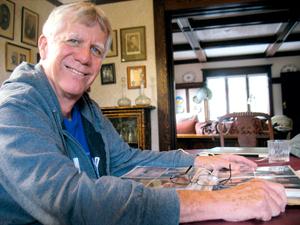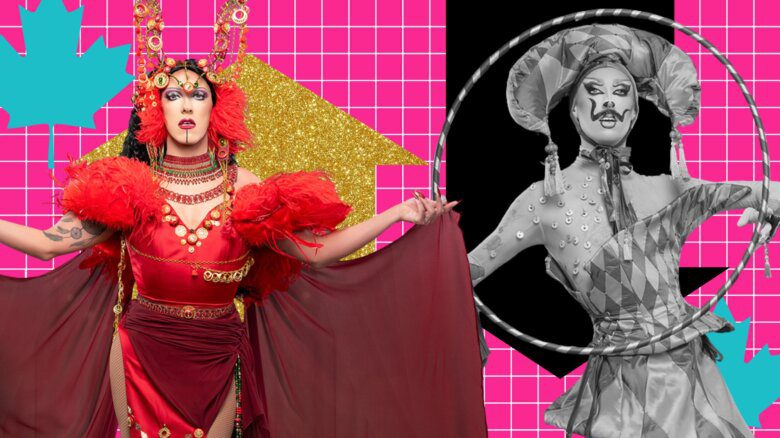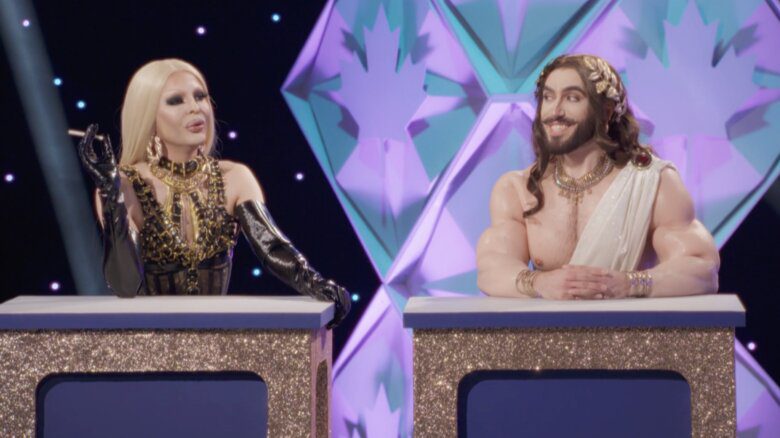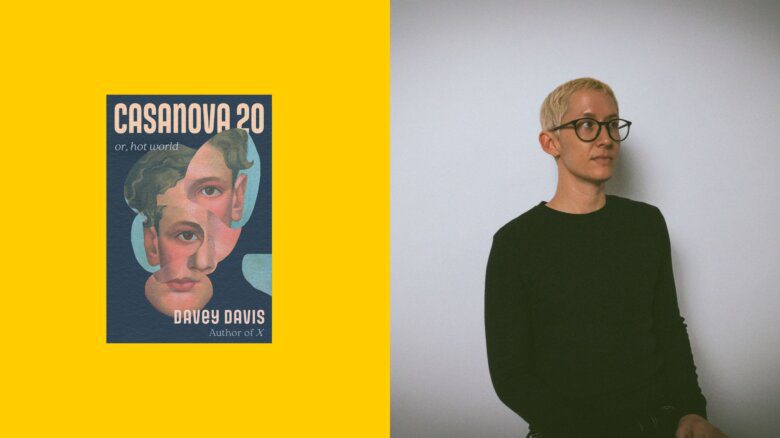John Mckinstry remembers his first gay square dance, in 1989, when he was struggling to cope with the deaths of friends and acquaintances to HIV/AIDS, then a relatively unknown disease.
“I needed to be a part of something,” the 66-year-old recalls. He went with a friend to St Andrew’s-Wesley United Church, where they danced for two hours with complete strangers. By the end of the class, he was hooked.
Now he heads Squares Across the Border, Vancouver’s official gay square-dance club, and still square-dances every week.
This month, Mckinstry and the Squares will host more than 800 dancers from North America, Europe and Asia for the 29th annual International Association of Gay Square Dance Clubs convention, taking place in Vancouver from June 29 to July 1. There are 52 gay square-dance clubs in North America, and clubs also exist in Europe and Asia.
While the number of convention delegates is as high as ever, Mckinstry is concerned about the dwindling number of new members joining his club every year.
Part of the declining interest could be attributable to the sheer volume of options young gay people now have to meet and socialize in public spaces. For Mckinstry’s generation, joining a gay square-dancing group meant safety from harsh social stigmas. While he’s happy to see the freedoms younger gay people enjoy today, Mckinstry hopes they’ll still give square-dancing a chance.
“People think square-dancing is always square,” he quips. “This is not your high school square-dancing.”
Doreen Frisson agrees. The 49-year-old dropped into a Squares Across the Border lesson for the first time last October. A straight woman, she and her partner Jeff were seeking a square-dance club where they could learn to dance in different gender roles. In traditional square dance, strict rules dictate that men lead and women follow.
Frisson recalls grinning ear-to-ear at her first gay square-dance session, when she was finally able to learn the lead role. She says she and her partner have more fun with Squares Across the Border than they do dancing in straight clubs.
“I was having such a good time,” she recalls. “And just the proficiency, as well — they’re really good.”
Frisson isn’t fazed by being one of the few straight women in the club. She practises every week and enjoys dancing without the restrictions of traditional square dance. “Learning the male part makes me a much more flexible dancer,” she says.
Patrick Aubert came to square dance through his parents. Before moving to Vancouver last January, the 50-year-old lived in Toronto, where the local gay square-dance club included many straight couples and straight female members. Now settled in Vancouver, Aubert says he’s found a true community with Squares Across the Border.
“The club is very inclusive,” he says. “Anyone is welcome, regardless of their age, race and gender.”
Asked if gay square-dancing for him is a political statement, Aubert is firm: gay square-dancing is first and foremost a fun activity for anyone in the community who loves the dance.
According to Aubert, square dance combines physical exercise, mental stimulation and a healthy dose of laughter. “The class that I go to, we complain afterwards because our faces hurt because we laugh so much,” he says.
This June will also mark the end of Mckinstry’s long-time term as the head of Squares Across the Border. Sitting at his dining room table in his Vancouver home, Mckinstry flips through a photo album from the last major international gay square-dance convention held in Vancouver, more than a decade ago. He even pulls out a well-preserved copy of Xtra West from the 1990s, promoting the club’s lessons and dances in the community.
Mckinstry has come to terms with the fact that the current generation of young gays will have different challenges and opportunities. He is optimistic about the future of the club and hopes that younger people will take a chance on square-dancing as an enriching social activity.
“It’s friendships set to music,” Mckinstry says. “We laugh so much every time.”

 Why you can trust Xtra
Why you can trust Xtra


